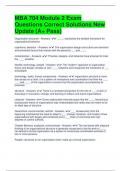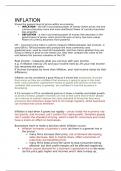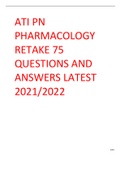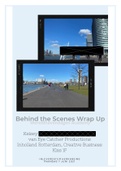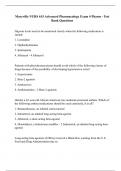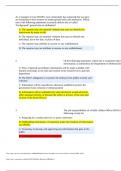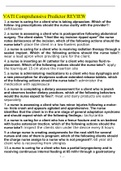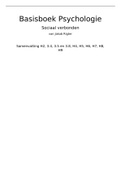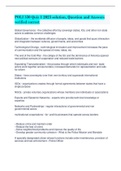Exam (elaborations)
MBA 704 Module 2 Exam Questions Correct Solutions New Update (A+ Pass)
- Course
- Institution
MBA 704 Module 2 Exam Questions Correct Solutions New Update (A+ Pass) Organization structure - Answers - _____ represents the skeletal framework for organizational behavior cognitions, behavior - Answers - The organization design and culture are dominant environmental factors that interact w...
[Show more]
